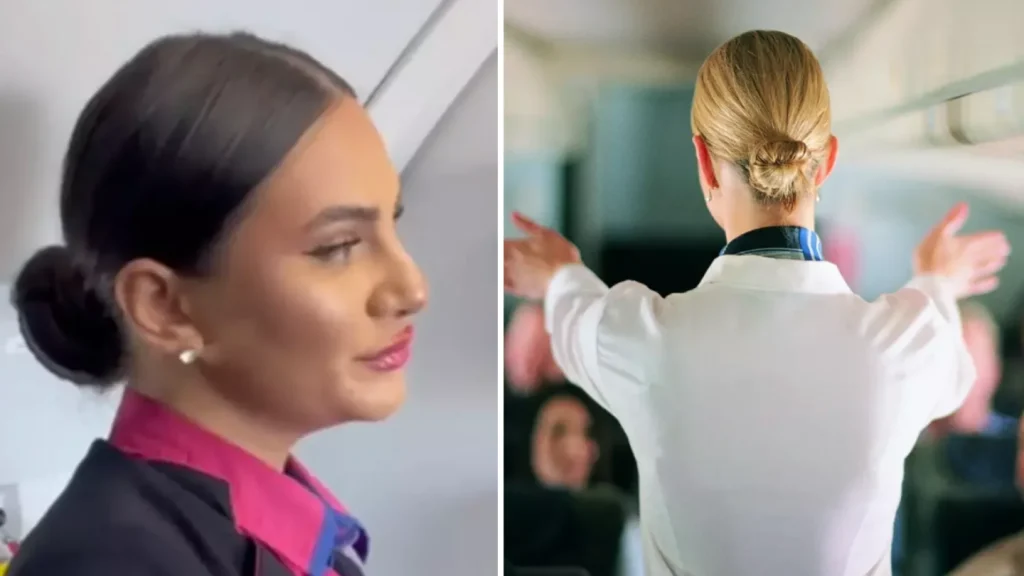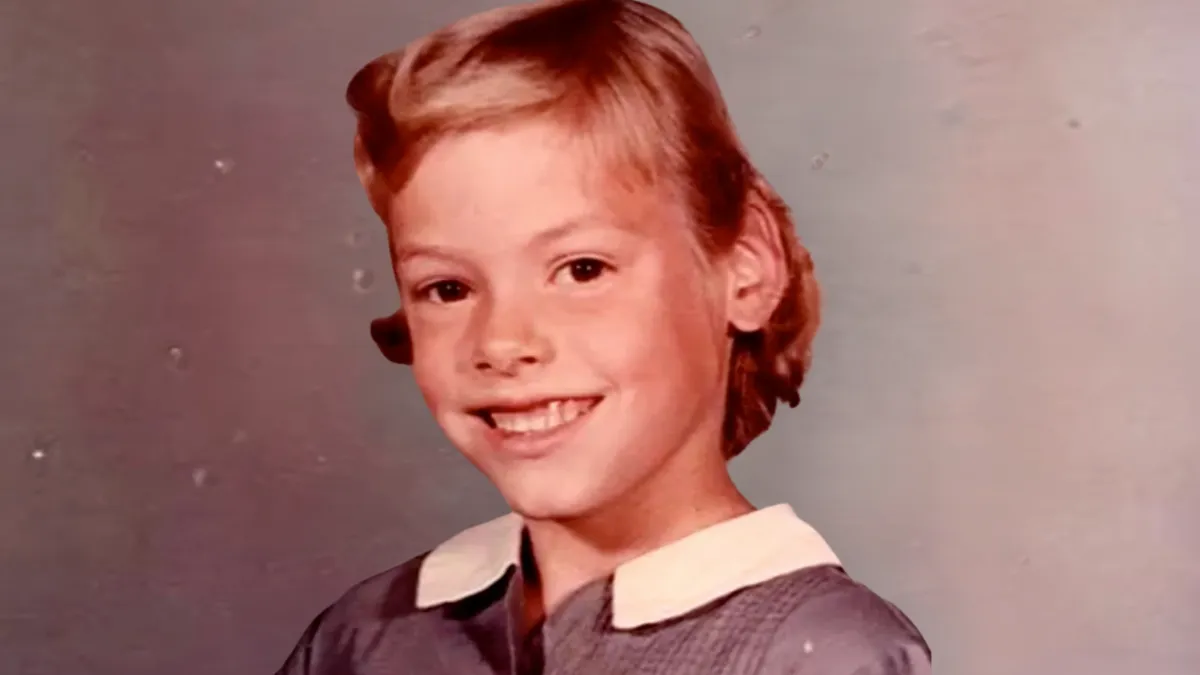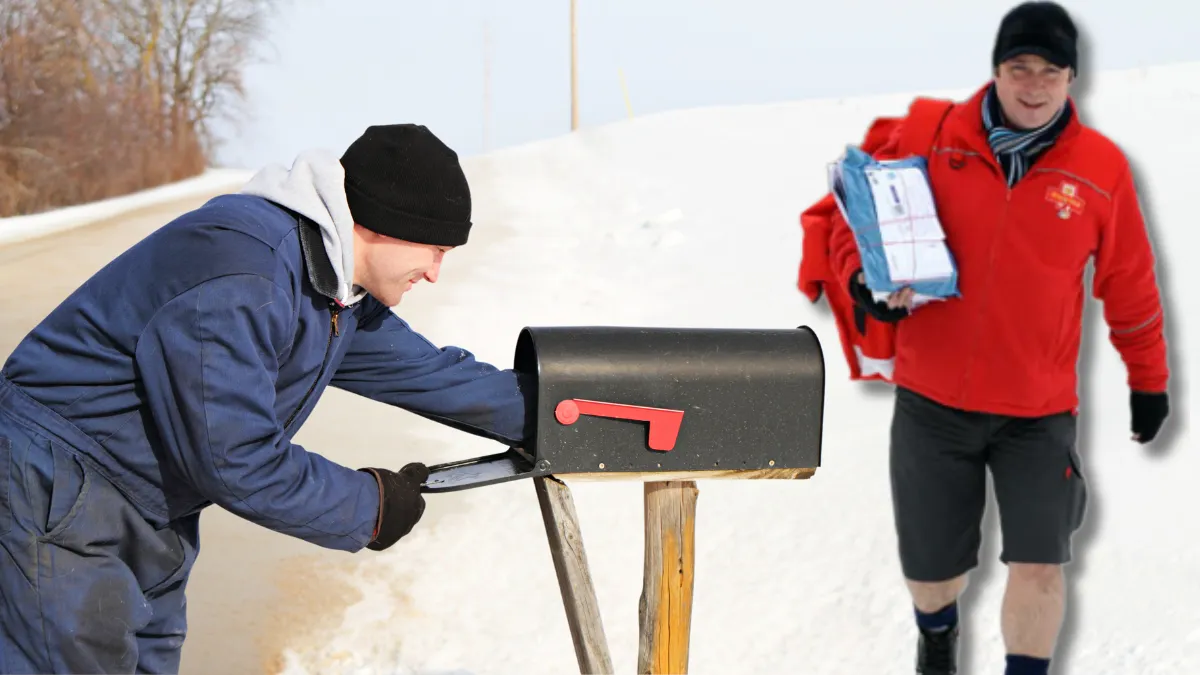As you step onto an airplane, a smiling flight attendant greets you with a warm “hello.” This seemingly simple gesture is more than just a courteous welcome; it serves as a subtle assessment to ensure the safety and comfort of all passengers on board.
Flight attendants are trained professionals responsible for much more than serving drinks and ensuring seat belts are fastened.
Their primary duty is to maintain safety and manage any emergencies that may arise during the flight.
Part of this responsibility includes observing passengers as they board. By engaging with each individual, even briefly, attendants can identify potential issues that might affect the flight’s safety or comfort.

One critical aspect of the boarding process is evaluating whether passengers are fit to fly. This includes checking for signs of illness or intoxication.
Excessive alcohol consumption can lead to disruptive behavior, posing risks to both passengers and crew. Similarly, a visibly ill passenger might require medical attention during the flight, leading to potential diversions or emergencies.
By greeting each passenger, flight attendants can discreetly assess their condition and take necessary actions if concerns arise. If a passenger appears too drunk or unwell, they could be denied boarding, preventing a potential mid-air crisis.
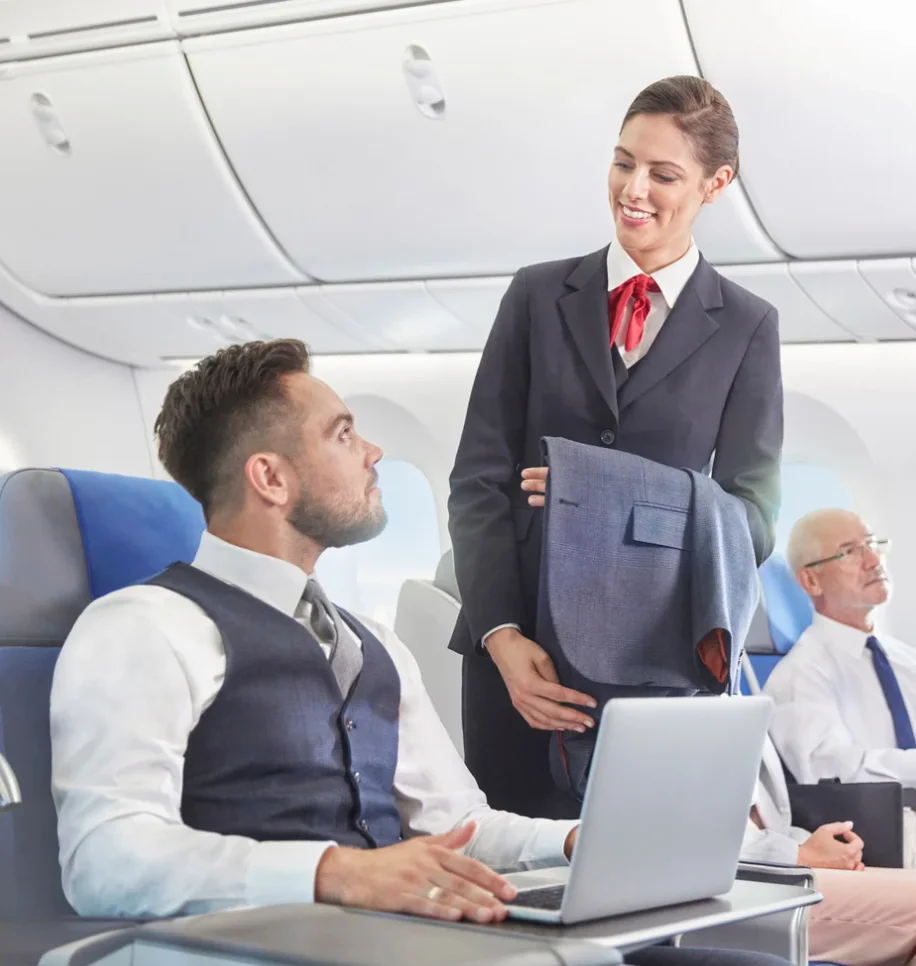
Beyond assessing potential risks, flight attendants also look for able-bodied passengers (ABPs) who could assist in emergencies. These individuals might include off-duty pilots, military personnel, firefighters, nurses, or doctors.
In situations requiring evacuation or medical intervention, having identified ABPs can be invaluable. By noting such passengers during boarding, crew members can plan and coordinate more effectively in case of an emergency.
Another critical aspect of the flight attendant’s role during boarding is observing signs of human trafficking. Traffickers often use commercial flights to transport victims, and flight attendants are trained to spot indicators of such situations.
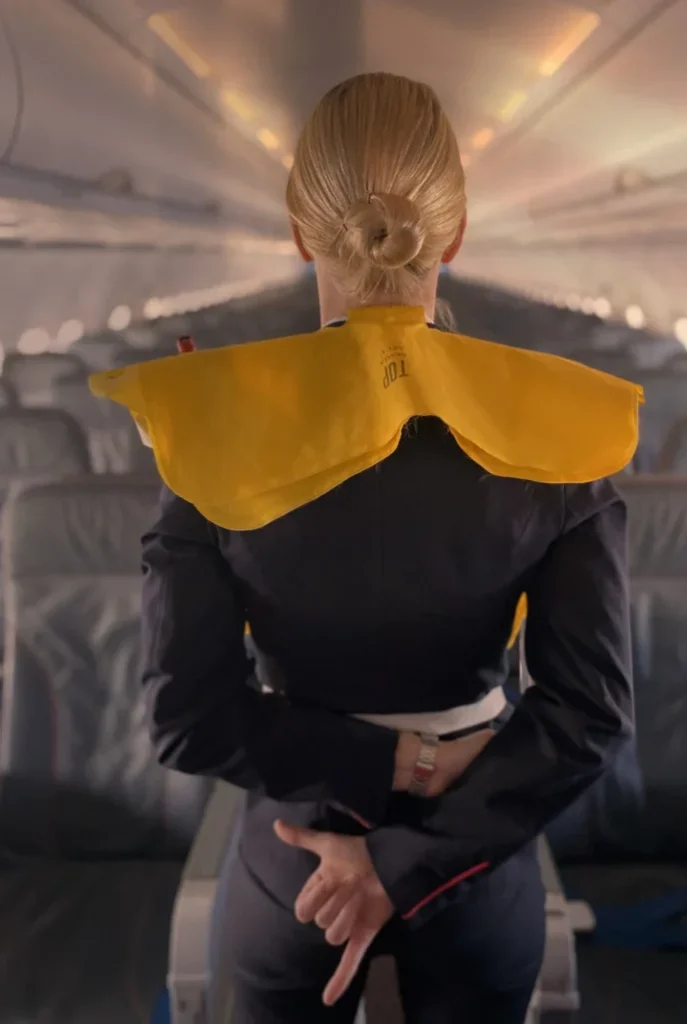
By engaging passengers in brief interactions, they can identify unusual behavior or signs of distress, potentially saving lives. This silent yet effective monitoring helps prevent dangerous situations from unfolding mid-flight.
Many passengers are unaware of these underlying reasons for the friendly greetings. Some might interpret the attention as flirtation or mere politeness.
However, understanding the safety protocols behind these interactions can lead to greater appreciation for the crew’s responsibilities. As one flight attendant noted, passengers often don’t realize that the crew is “looking you up and down” to ensure safety and identify those who might assist in emergencies.

There have been instances where passengers were removed from flights due to erratic behavior noticed during this greeting. In some cases, attendants have alerted security or medical personnel before takeoff, preventing potential disruptions.
For passengers, being aware of these procedures underscores the importance of complying with crew instructions and maintaining appropriate behavior.
Recognizing that flight attendants are vigilant about safety can encourage travelers to act responsibly, ensuring a smoother experience for everyone on board.
The next time you board a plane and receive a cheerful “hello” from a flight attendant, remember that this greeting serves multiple purposes beyond a simple welcome.
It’s a critical component of the crew’s safety protocol, designed to assess passenger fitness, identify potential helpers in emergencies, and detect any unusual situations.
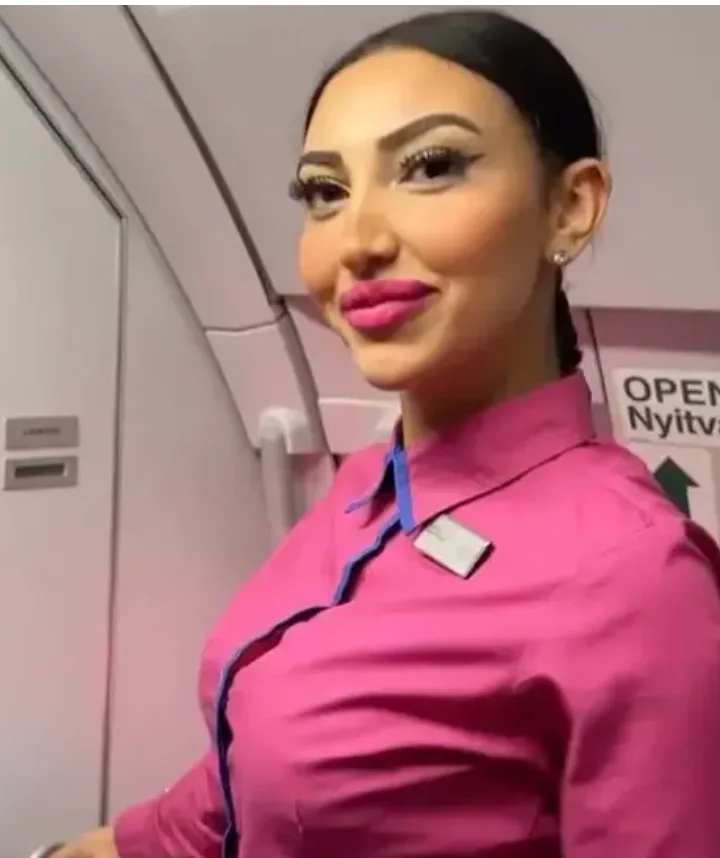
This subtle interaction exemplifies the flight attendant’s role as a guardian of the skies, ensuring that every journey is safe and secure.
Feature Image Credit: (CanvaPro)

